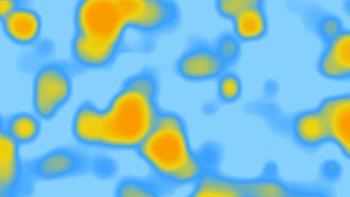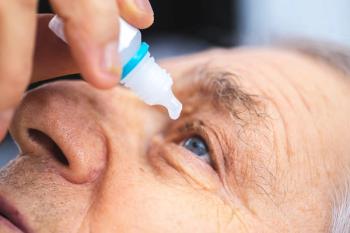
GenSight Biologics reports results of Lumevoq treatment on LHON patients
Results highlight gene therapy’s potential to treat LHON
A new report shows that Leber hereditary optical neuropathy (LHON) patients treated with Lumevoq experienced prolonged efficacy and safety 3 years after a single injection with the gene therapy. Results come from CLIN06, a long-term follow-up study in which participants from the RESCUE (Efficacy Study of GS010 for the Treatment of Vision Loss up to 6 Months From Onset in LHON Due to the ND4 Mutation) and REVERSE (efficacy study of GS010 for treatment of vision loss from 7 months to 1 year from onset in LHON due to the ND4 mutation) Phase III pivotal trials were evaluated.
New data will support the company’s plan to submit Lumevoq in September 2020 for marketing authorization in the European Union.
In total, 30 patients from RESCUE and 31 from REVERSE participated in the follow-up CLIN06 study.
Study participants received Lumevoq treatment in one eye and a sham injection in the other.
At 2 years post-treatment, subjects had already experienced an average gain of +18.8 letters equivalent relative to the low point (nadir) of their visual acuity in their LUMEVOQ-treated eyes and +17.3 letters equivalent in their sham-treated eyes. Assessments of best-corrected visual acuity were recorded in LogMAR. The change from nadir in LogMAR was converted to “letters equivalent” improvement by multiplying the LogMAR by -50.
In 1 year, or 3 years after the one-time injection, the bilateral benefit sustained with Lumevoq treated eyes. A mean improvement against nadir of +20.5 letters equivalent and sham-treated eyes demonstrating a mean improvement of +19.4 letters equivalent.
Some 194 patients have been treated with Lumevoq to date across clinical trials and cases of compassionate use. The dose used with treatment, 9x1010 vg per eye, has been shown to result in negligible biodissemination.
Newsletter
Want more insights like this? Subscribe to Optometry Times and get clinical pearls and practice tips delivered straight to your inbox.









































